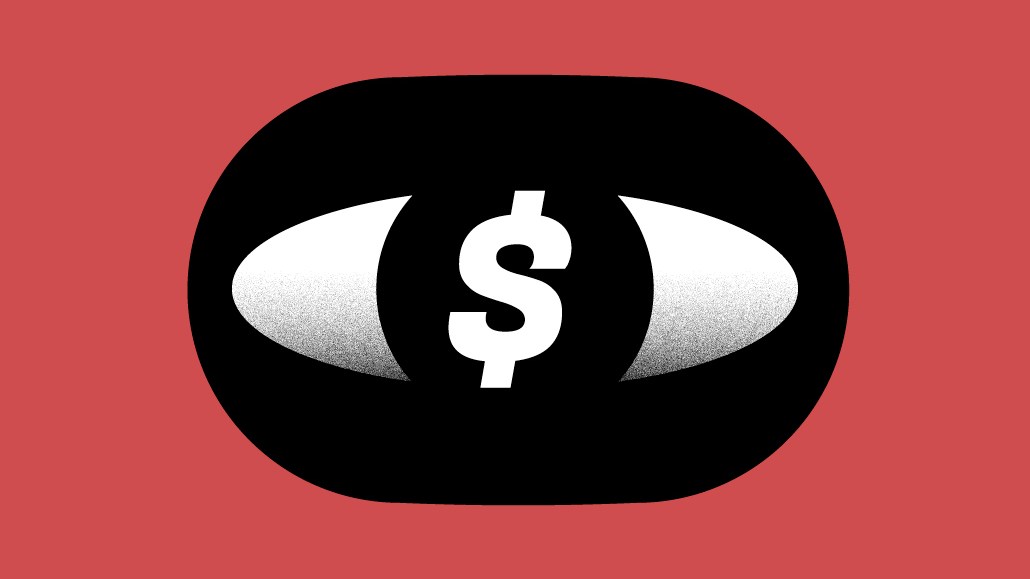Save 50% on a 3-month Digiday+ membership. Ends Dec 5.

Marketers’ media-buying teams can realize a collective cost-saving of $22 billion by streamlining their programmatic ad buys for the open web to prioritize the quality of cut-price options, according to the latest study from the Association of National Advertisers.
The trade organization made the observations on the second installment of its programmatic transparency study, which further recommends that any brand spending over $50 million per year appoint a chief media officer to oversee the intricacies of the ad tech landscape.
This release is the second installment of the ANA’s programmatic media-buying audit of the open web, released after its opening “First Look” found that 15% of the money spent on the audited campaigns — and 21% of the total impression volume — was on made-for-advertising sites.
Other observations contained in the research study include:
- 36 percent of every dollar invested via a DSP effectively reaches the consumer
- 29 percent of every dollar goes toward DSP and SSP fees, etc.
- 35 percent of every dollar is spent on either fraudulent, MFA, or non-viewable, non-measurable traffic
Ad position: web_incontent_pos1
Researchers further identified some of the focal points of wasted media spend and recommended measures to plug the gaps in the ad tech ecosystem to help marketers save up to 25% of the media dollars they spend using ad tech on the open web.
The central thread of the ANA recommendations is to cut the existing bloat of the ad tech ecosystem, with researchers recommending that buying teams select 75-100 trusted programmatic partners to provide them with access to premium media inventory.
Such measures would involve a significant step down from the pre-existing average of 44,000 websites per campaign, with report authors advising media teams to operate “inclusion” lists as opposed to focusing on “exclusion” lists.
Bill Duggan, group executive and vp at the ANA, told Digiday that among the 21 study participants, the number of SSPs varied between nine and 53 (the average was 19), with report authors advising this number should be cut from five to seven.
“You don’t need that many SSPs,” he counseled. “It’s like the old days of search when you’d hear stories of different divisions of the same company bidding on the same keyword, and in essence, they’d be racking up costs for themselves.”
Ad position: web_incontent_pos2
Report coauthor Tom Triscari, a programmatic economist at The Lemonade Project, urged marketers’ media-buying teams to pay attention to how they manage their media supply chains with incentives to reward high standards.
“If you’ve got a high standard now, and you’re willing to accept that it’s going to be more difficult to spend the budget that you got to be able to manage the team,” he added. “You have to put in place management practices that allow teams to go and buy [ad space] at much higher rates; even though that’s more difficult, you have to manage through that.”
However, Nick Manning, founder of consultancy Encyclomedia International and co-author of the reports’ original RFP along with Triscari, observed how brand-side representatives attempting to audit their ad tech supply chains will have to overcome significant challenges.
“The reality is, the commercial interests of the media agencies, the DSPS, SSPs, publishers, and even the content verification guys are all in some form or another wrapped up with each other,” he said. “It’s what I call a whirlpool of interlocking financial interests of various parties, and there’s little market visibility into any of that because it cannot be audited, and there is no regulatory apparatus [to investigate it].”
More in Marketing

Ulta, Best Buy and Adidas dominate AI holiday shopping mentions
The brands that are seeing the biggest boost from this shift in consumer behavior are some of the biggest retailers.

U.K. retailer Boots leads brand efforts to invest in ad creative’s data layer
For media dollars to make an impact, brands need ad creative that actually hits. More CMOs are investing in pre- and post-flight measurement.

‘AI is permeating everything we do’: How Guitar Center developed 2 AI tools this year
This summer, the company launched a chatbot called Rig Advisor to help customers find the right instruments and products.
Ad position: web_bfu



